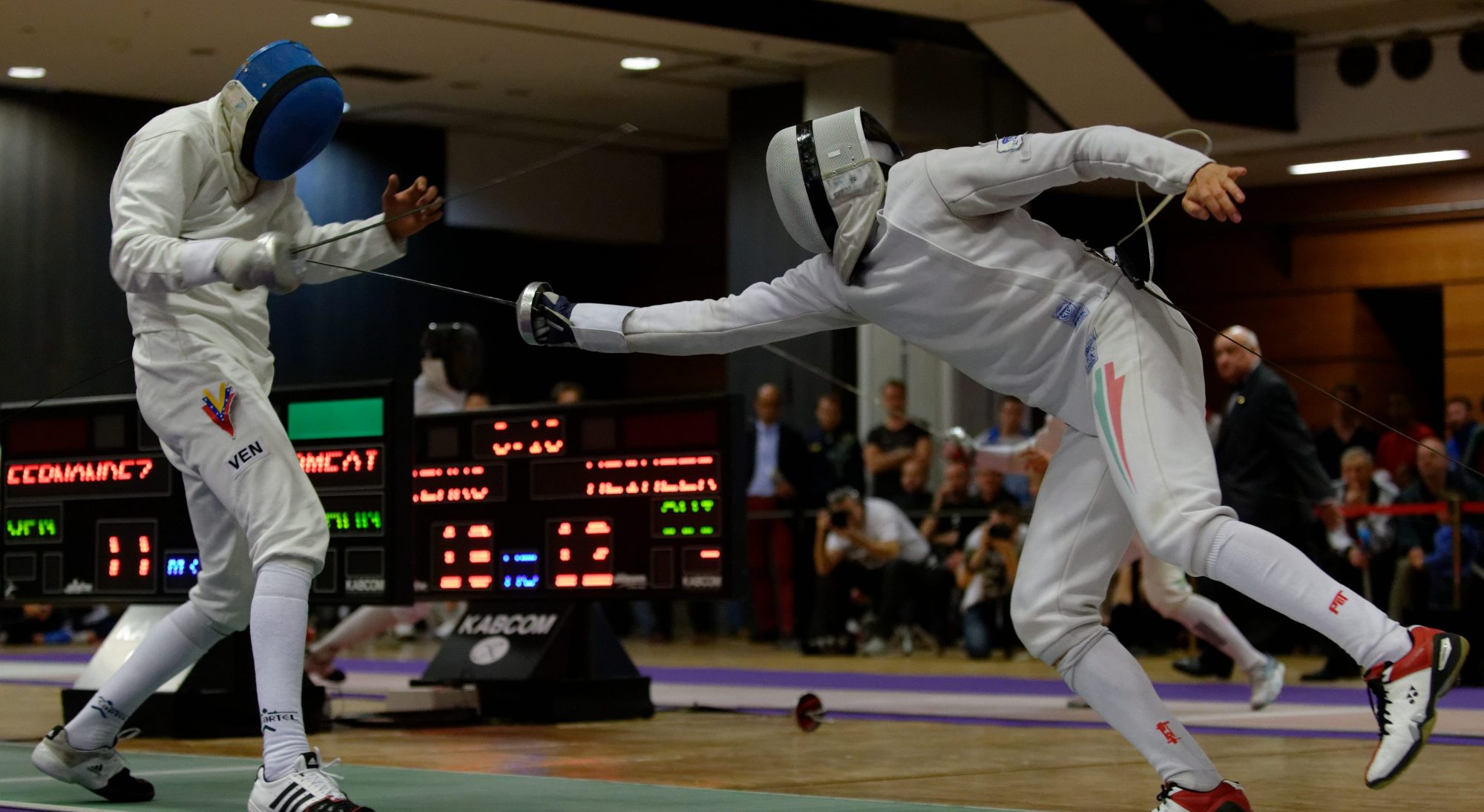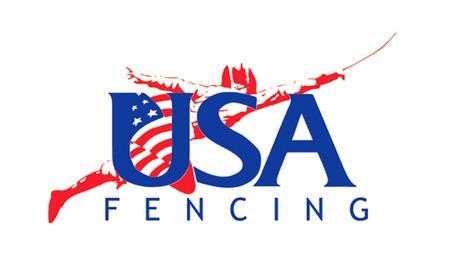For newer fencers, the question of what to do at a fencing tournament can be daunting. While more experienced fencers and coaches are used to the experience, if you are newer to the sport, it would be nice to have a more detailed breakdown besides “just fence.” This article will break down what a newer fencer needs to do before a local level tournament and the general order events will occur.
Finding a Tournament
When looking for a first tournament, the best place to go is askFRED. It will give you a list of the upcoming local tournaments and allow you to preregister. The tournament’s page will also give you most of the information on the particulars of the tournament such as starting times for each event, the venue location and contact information for the hosts.
Gear
Once you’ve signed up, you’ll also want to make sure you have the gear you need. Events require the full fencing uniform including knickers, socks, and a plastron. It is important to have two working weapons and body cords. Here is a list of everything needed:
- Jacket
- Mask
- Glove
- Working Electric Weapons (2)
- Working Body Cords (2)
- Working Mask Cord (2 – not required for épée)
- Underarm protector
- Chest protector (optional for men)
- T-shirt
- Knickers
- Socks (knee high)
- Shoes
- Lamé (not required for épée)
Before the Tournament
The day before a competition, you should personally test your weapons and body cords. If you get to the strip and something fails during testing, you’ll receive a yellow card. To check these, use a testing kit. Clubs often have one for this purpose.
Finally, on the morning of the event, try to leave in order to get there an hour before registration closes. This will give you enough time to check in and go through armory and not feel rushed before the event starts.
At the Tournament
Once you have arrived at the venue, look for the spot to check in. This will also usually be the place to officially register and pay as well. Once you go through that process, you’ll be directed to an armory station. Here, your gear will be checked to make sure it passes, mainly that there are no large holes in the fabric, no weak spots in the mask, and no dead spots in the lamé. Gear that passes will be stamped for approval. Once this is done, it’s time to get dressed and wait.
When registration closes, Bout Committee will post the initial seeding for each event at that time. This posting is shortly followed by a posting of pool assignments. Pools will determine a new seeding for the Direct Elimination (DEs) portion of the tournament. They are generally in groups of 4-7 fencers each. Look for your name and the corresponding pool. If a strip number is given, find that strip, otherwise wait for a referee to call the pool number. Show your stamped gear, underarm protector, weapons and body cords to your referee. You will fence every other fencer in your pool. Pool bouts are to 5 touches, or until three minutes are over.
Once pools are over, it’s a good time to eat something while staying in the venue. Bout Committee will have a new seeding list up, shortly followed by the bracket for DE bouts. When your name is called, you will follow the same procedure you did with your pool referee. Bouts for DEs are different from pools. You will have 3 periods of three minutes to score 15 touches (unless you’re in saber, in which case it will be 2 periods where the first ends after 8 touches). There is a minute break in between these periods. If the score is tied and time is up, there will be another minute where one fencer has priority to win should the tie keep (this is generally only the case for épée). At the end of each bout, the winner will advance to the next round and the loser will be eliminated.
That will be the end of the competition itself, but if you stick around after the event is over, you will see the top 8 fencers given awards. Depending on the size of the event, they will also receive a rating for their placement. This can also apply to people under the top 8 (minus a physical award) if the event is large enough and has enough higher ranked fencers. After this, you’ll have seen what a tournament is and can start preparing for your next event.





